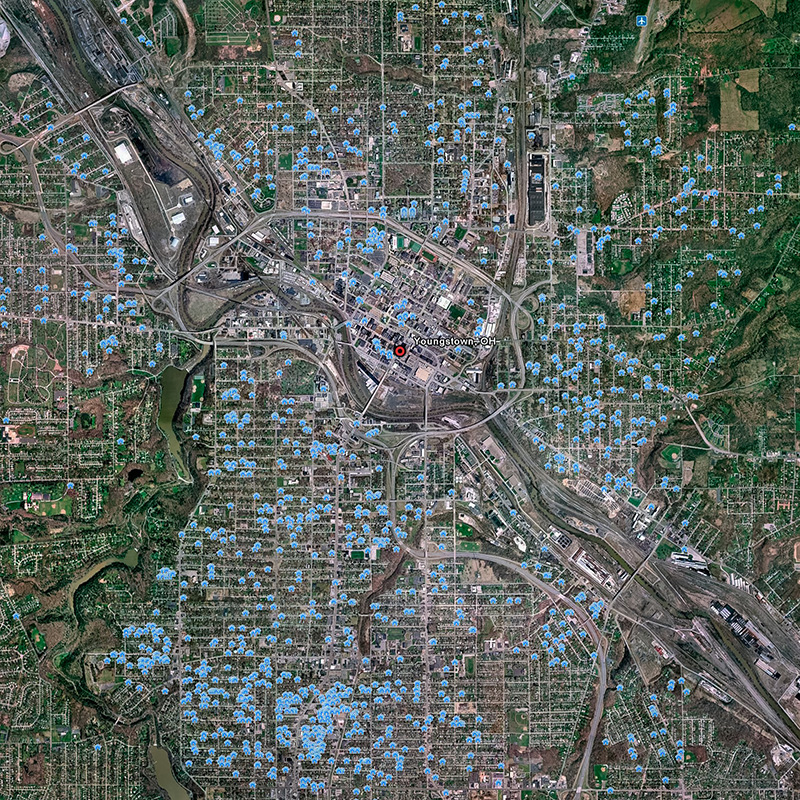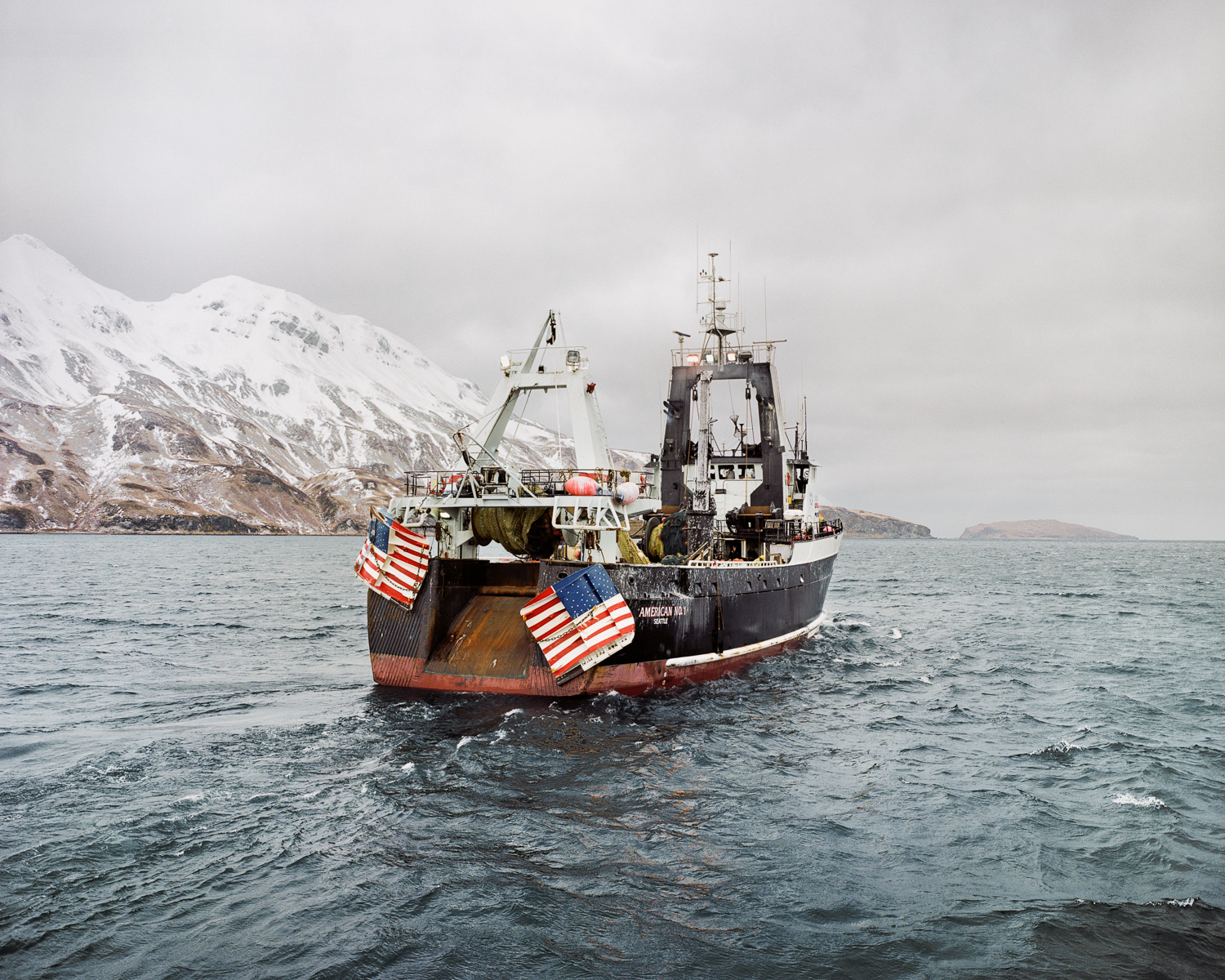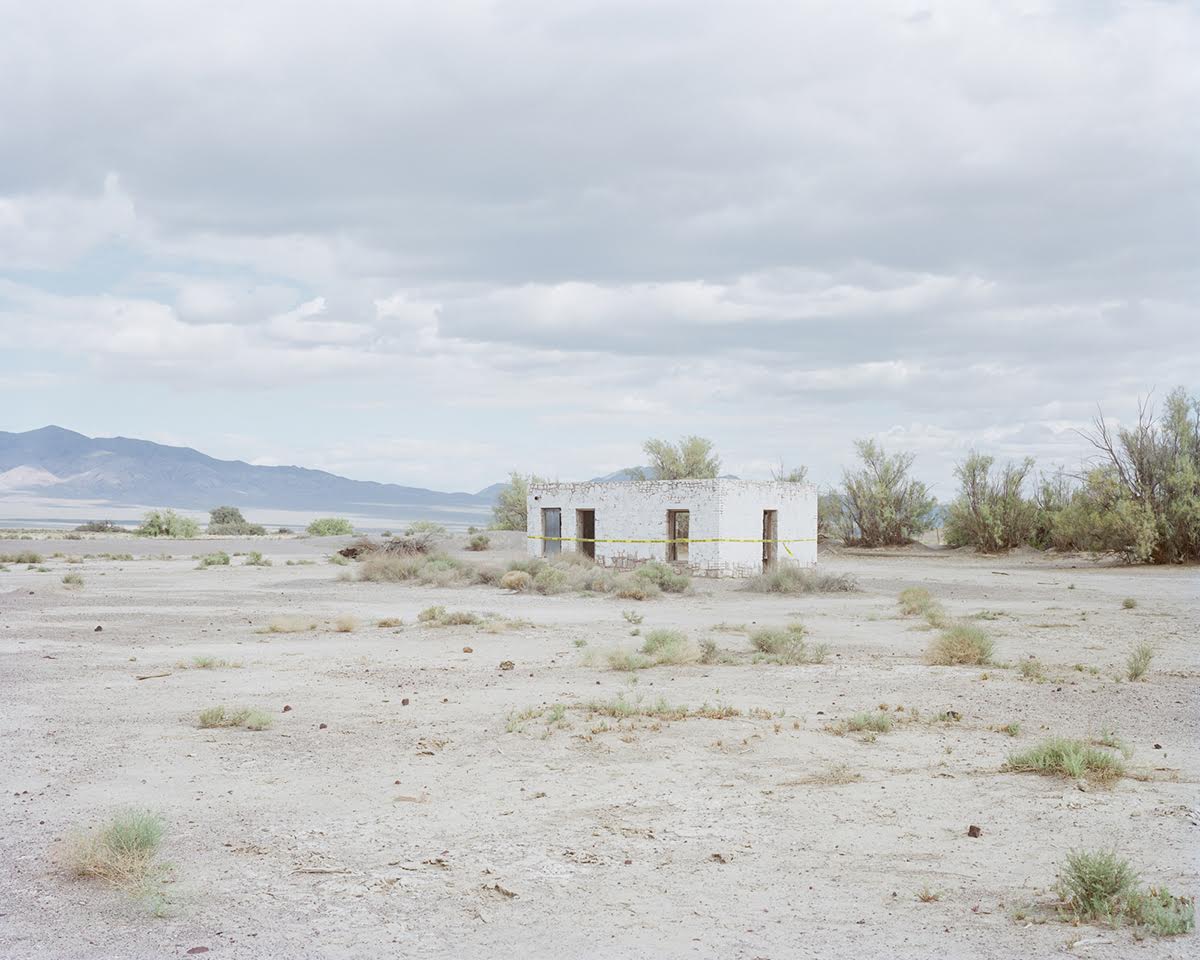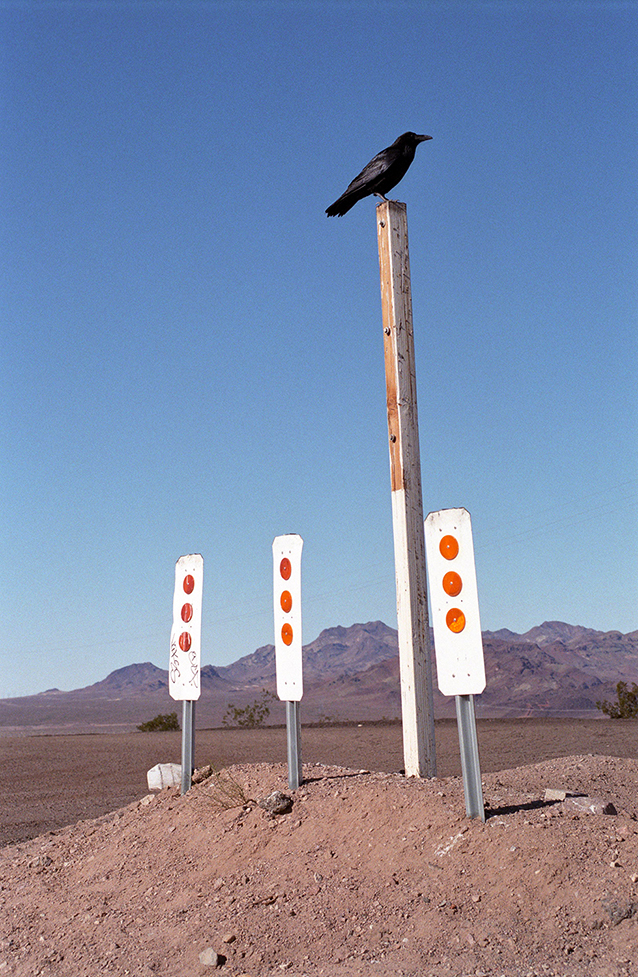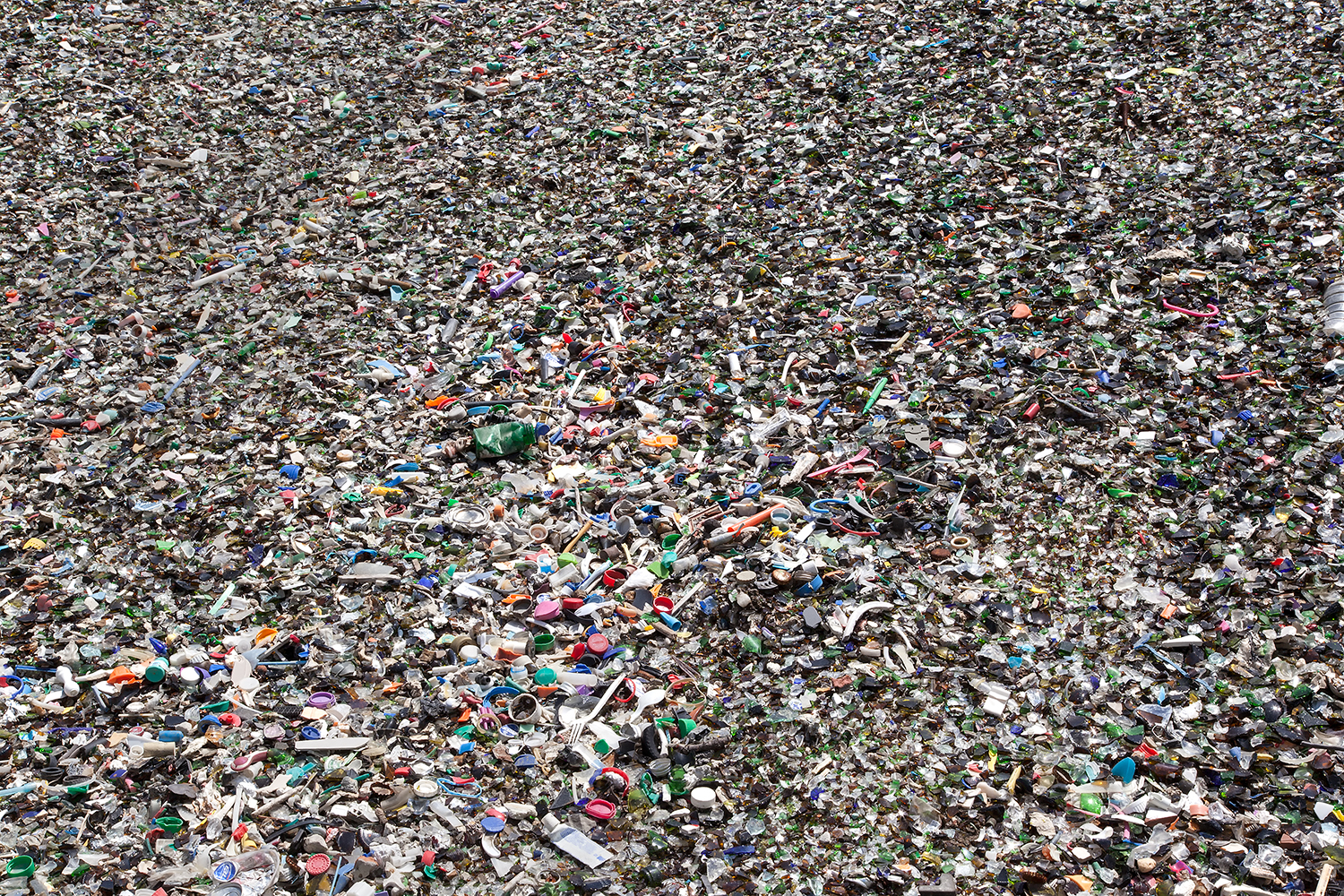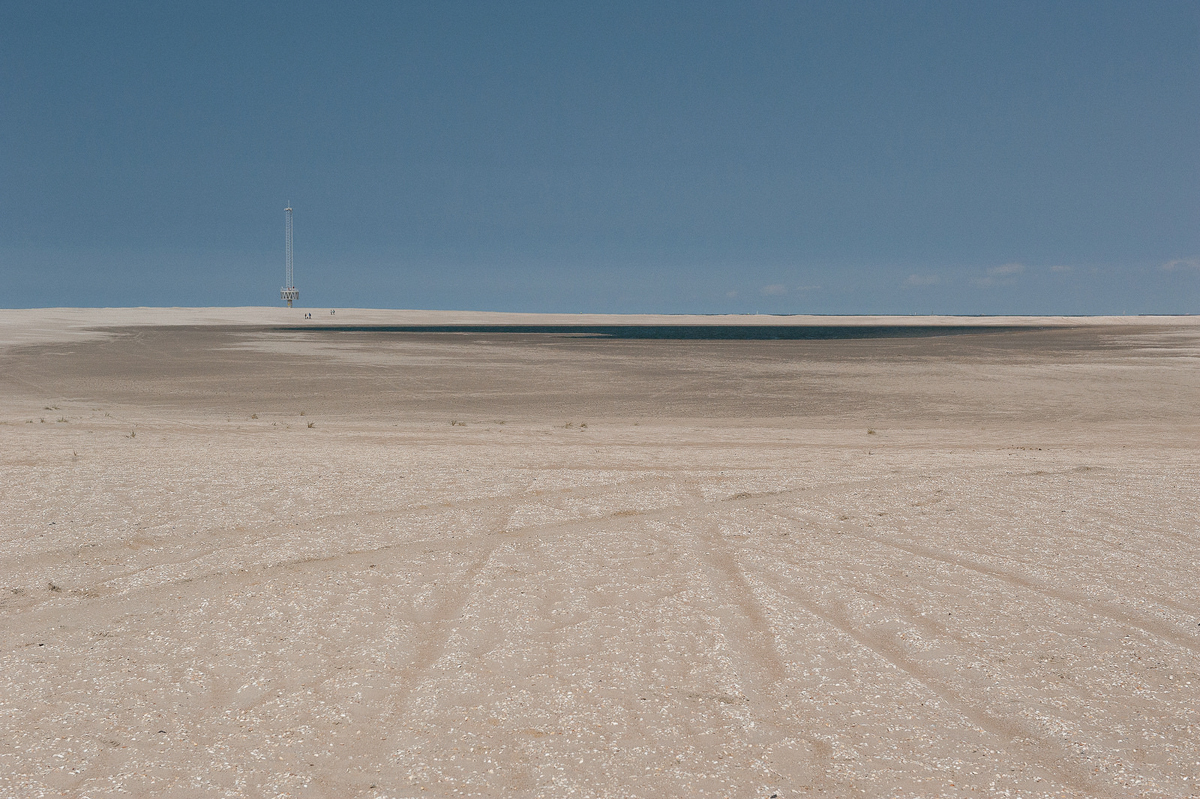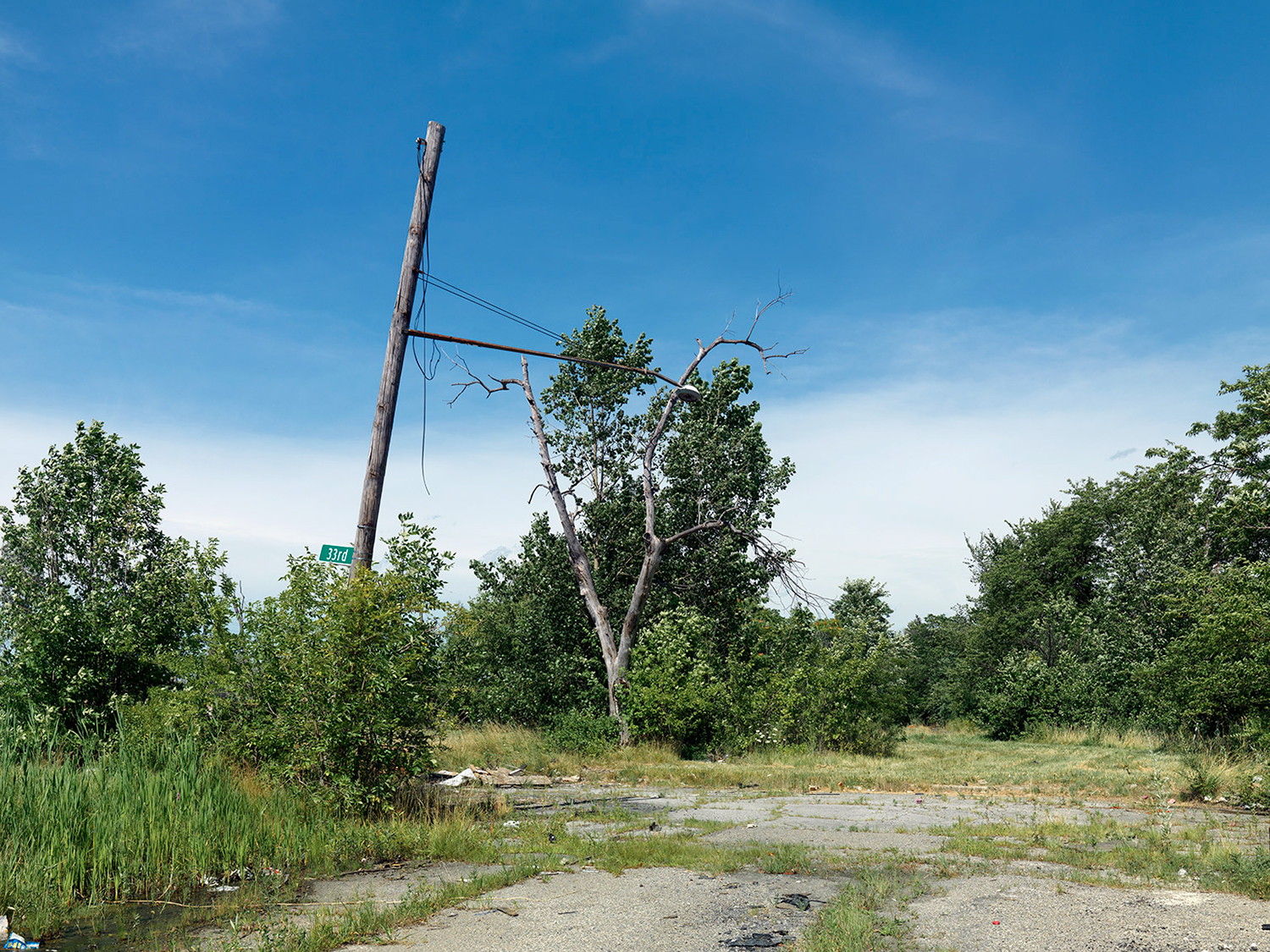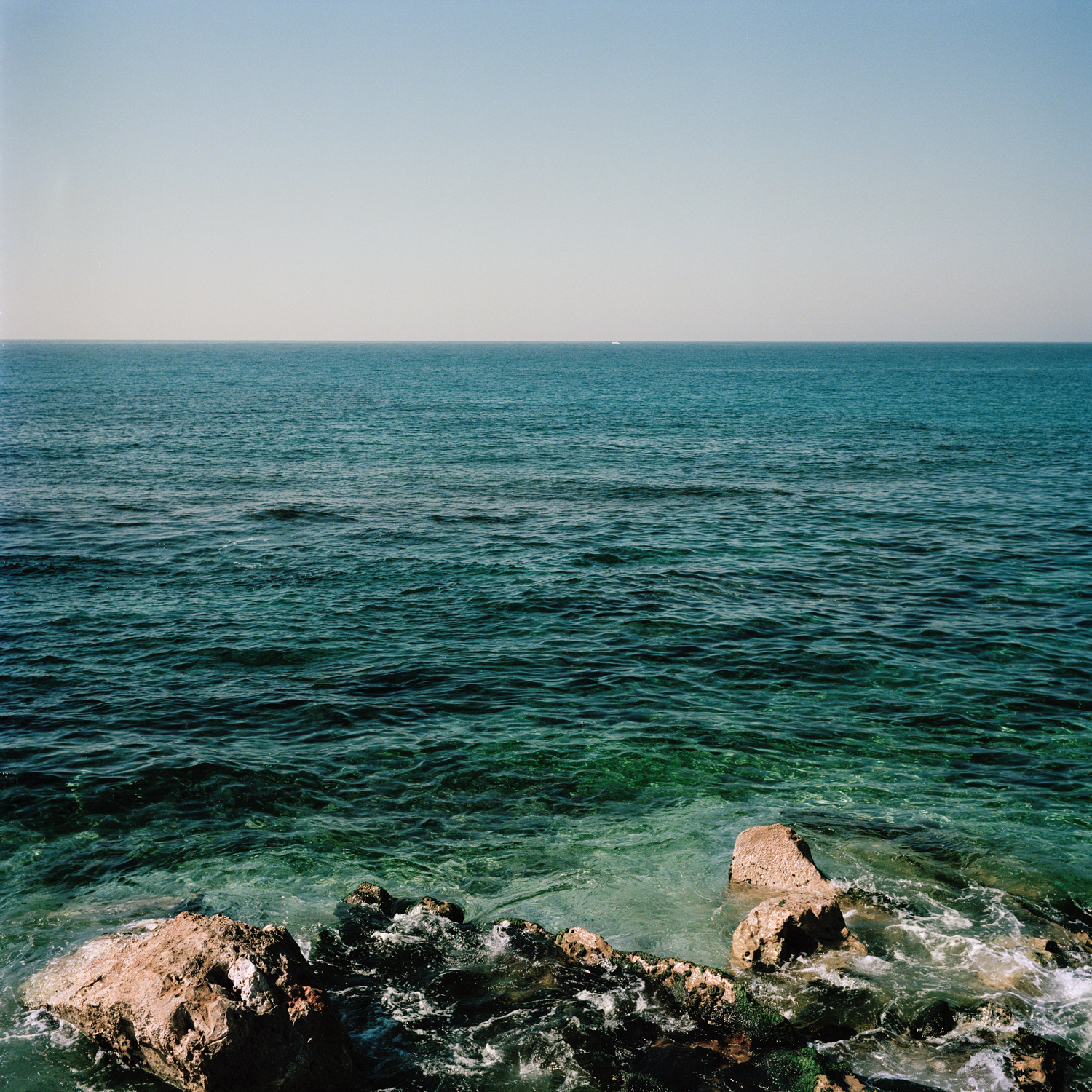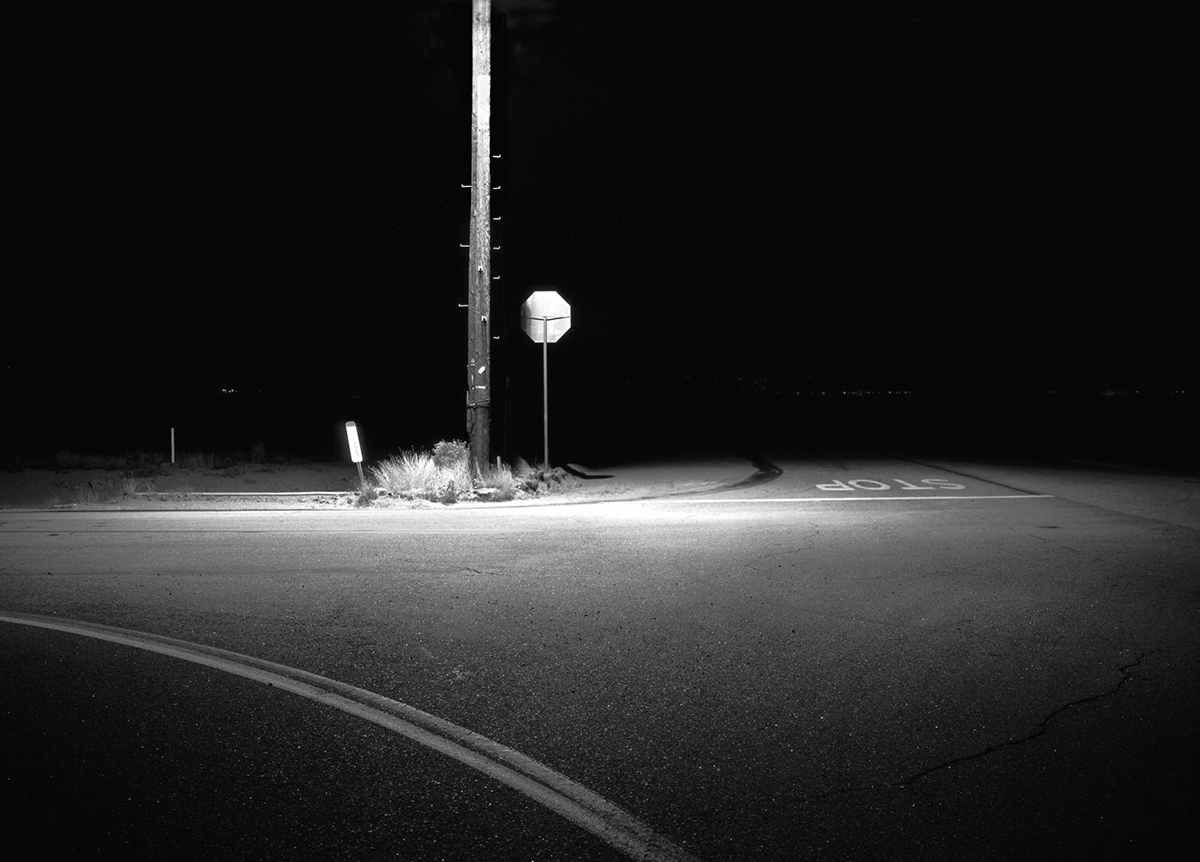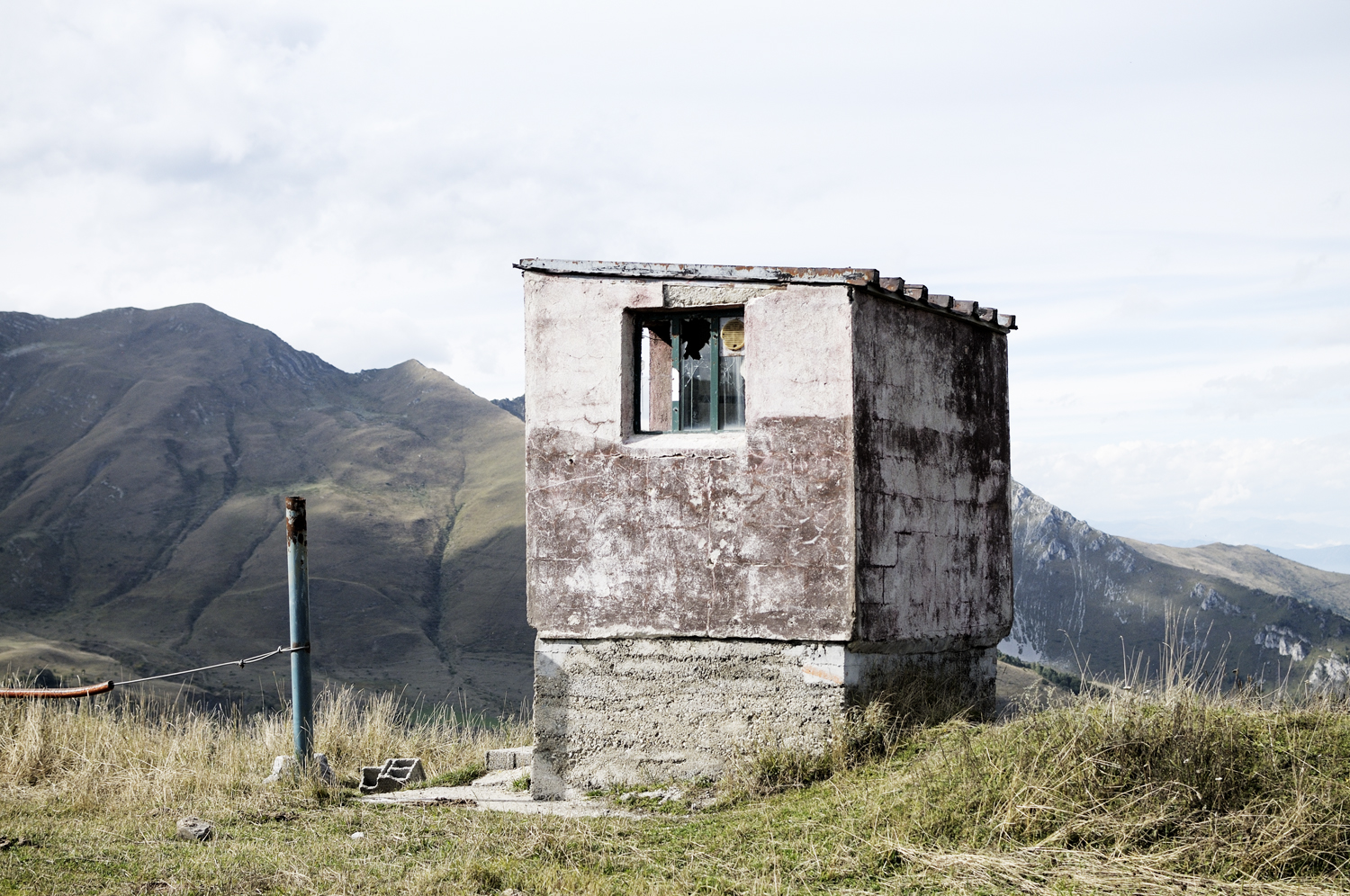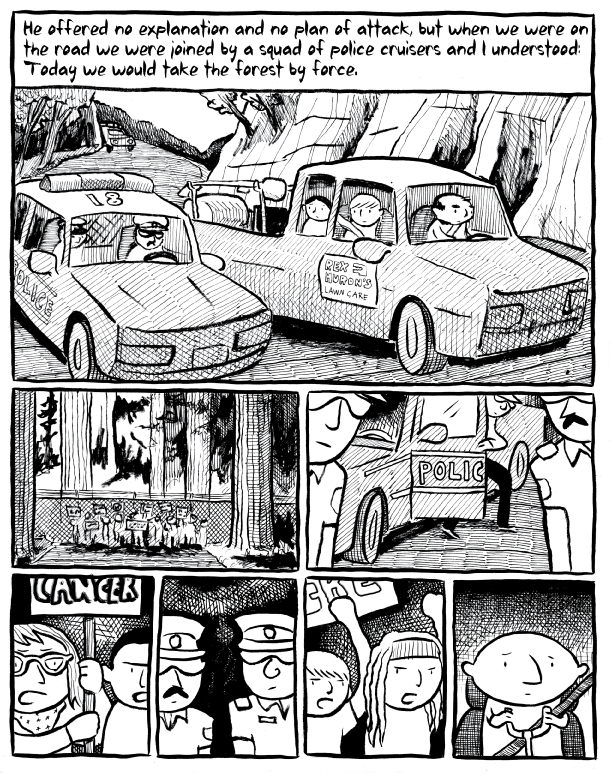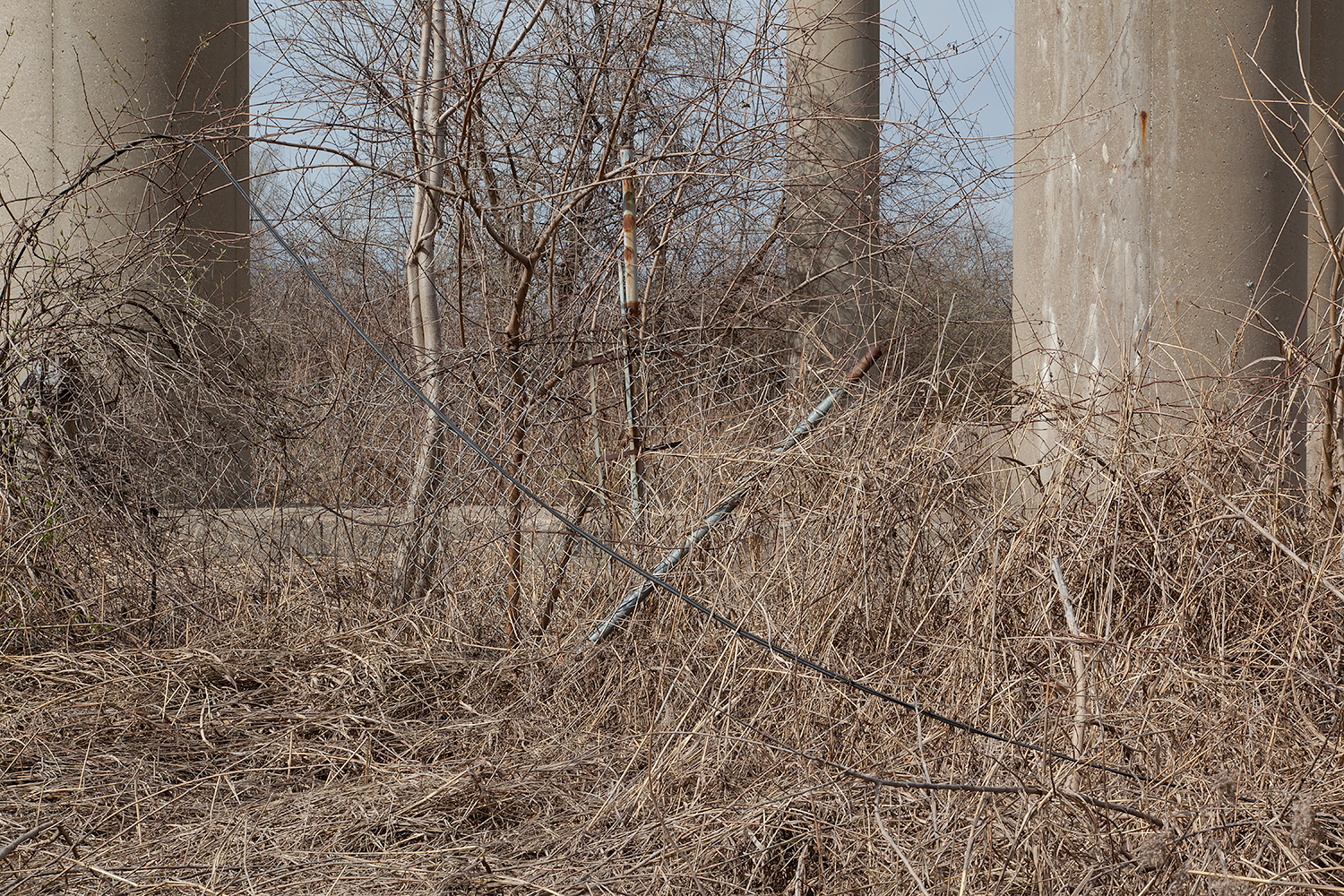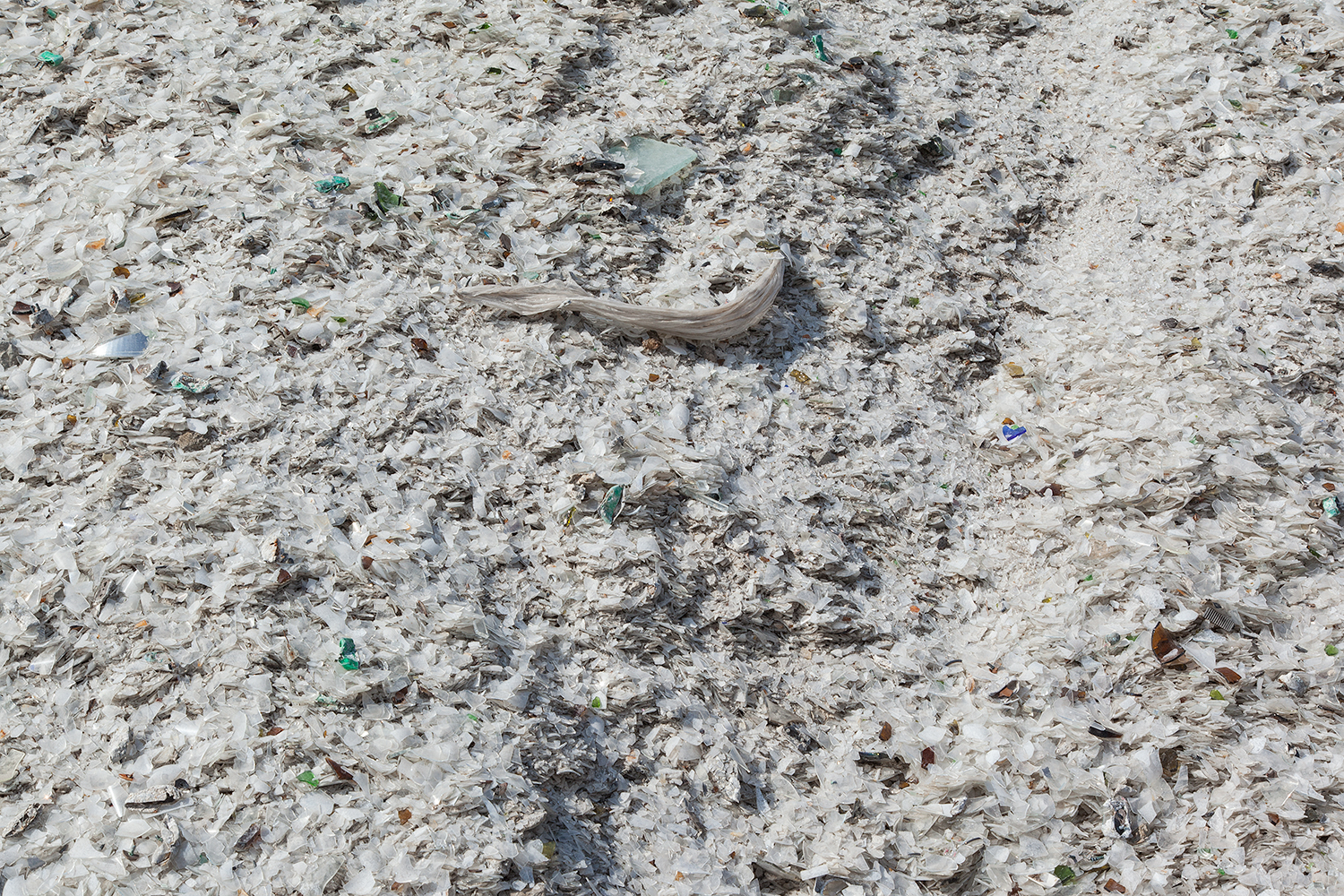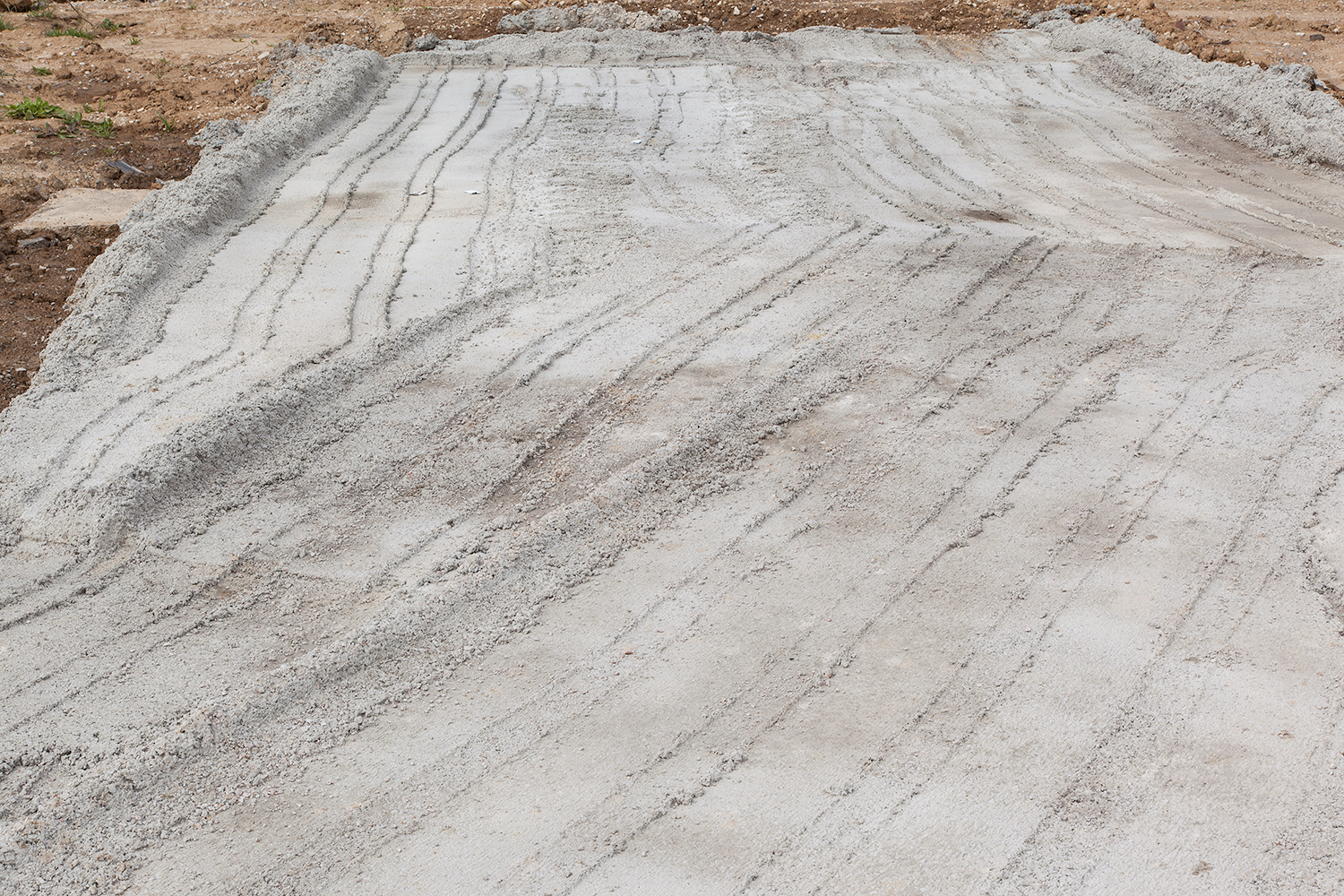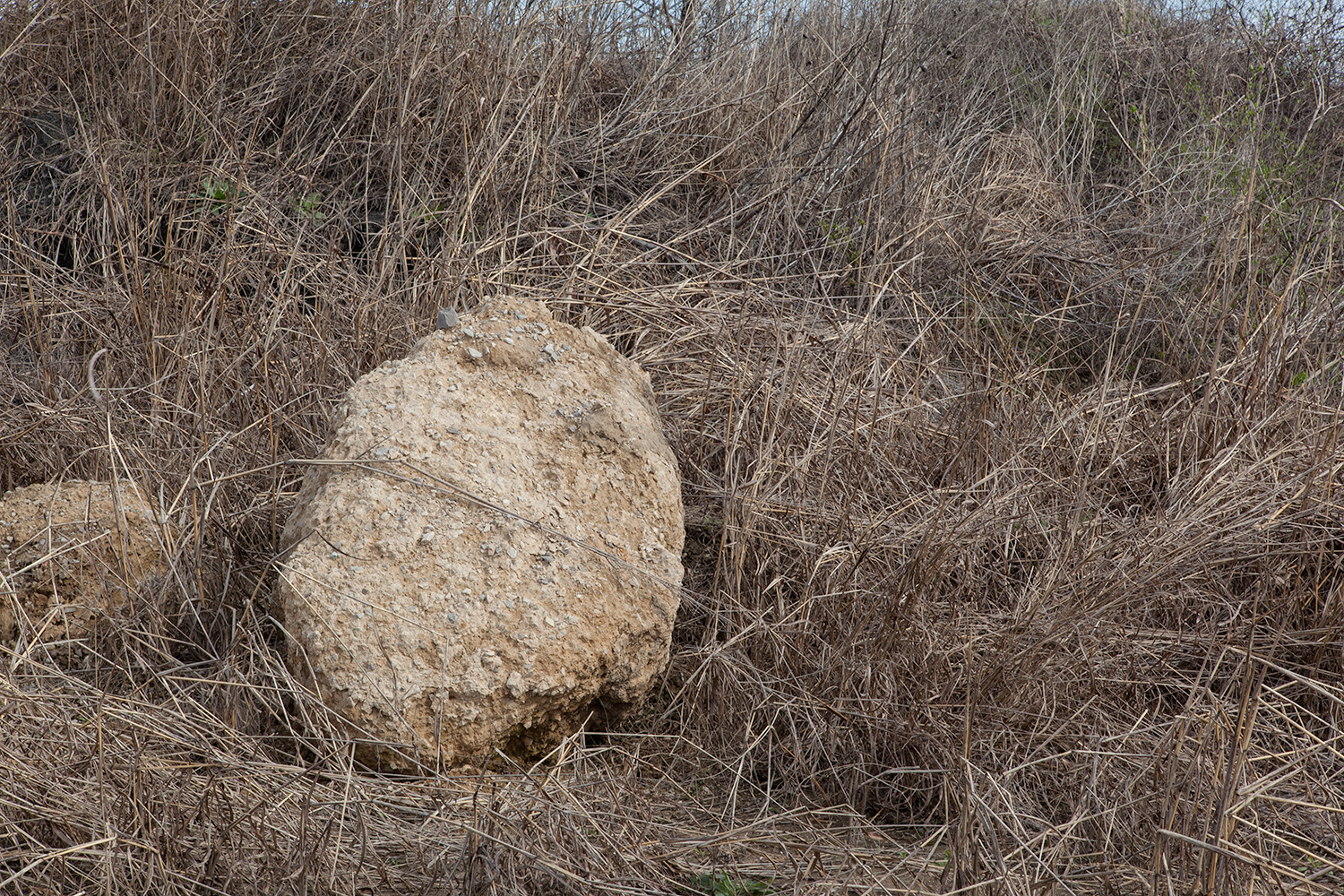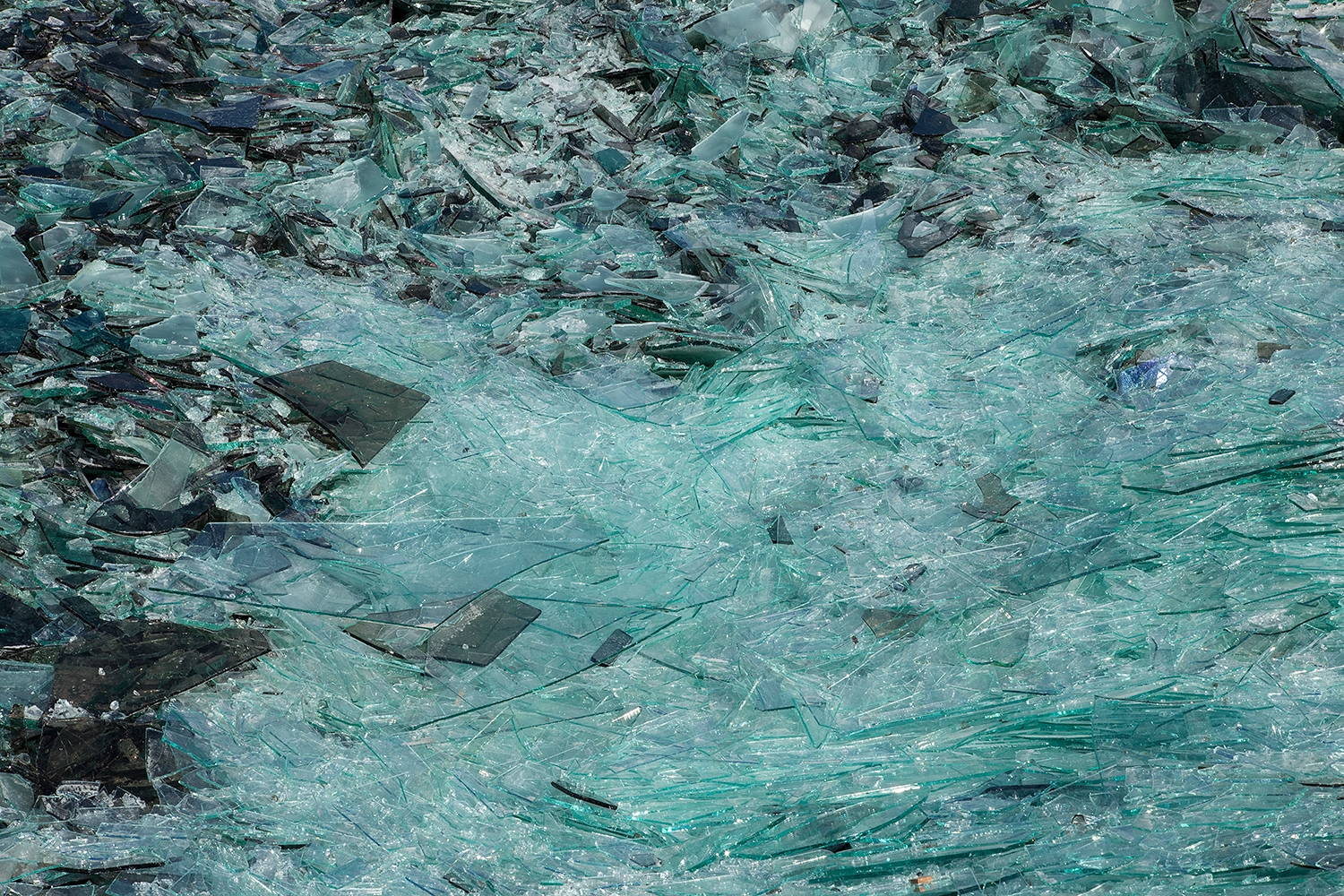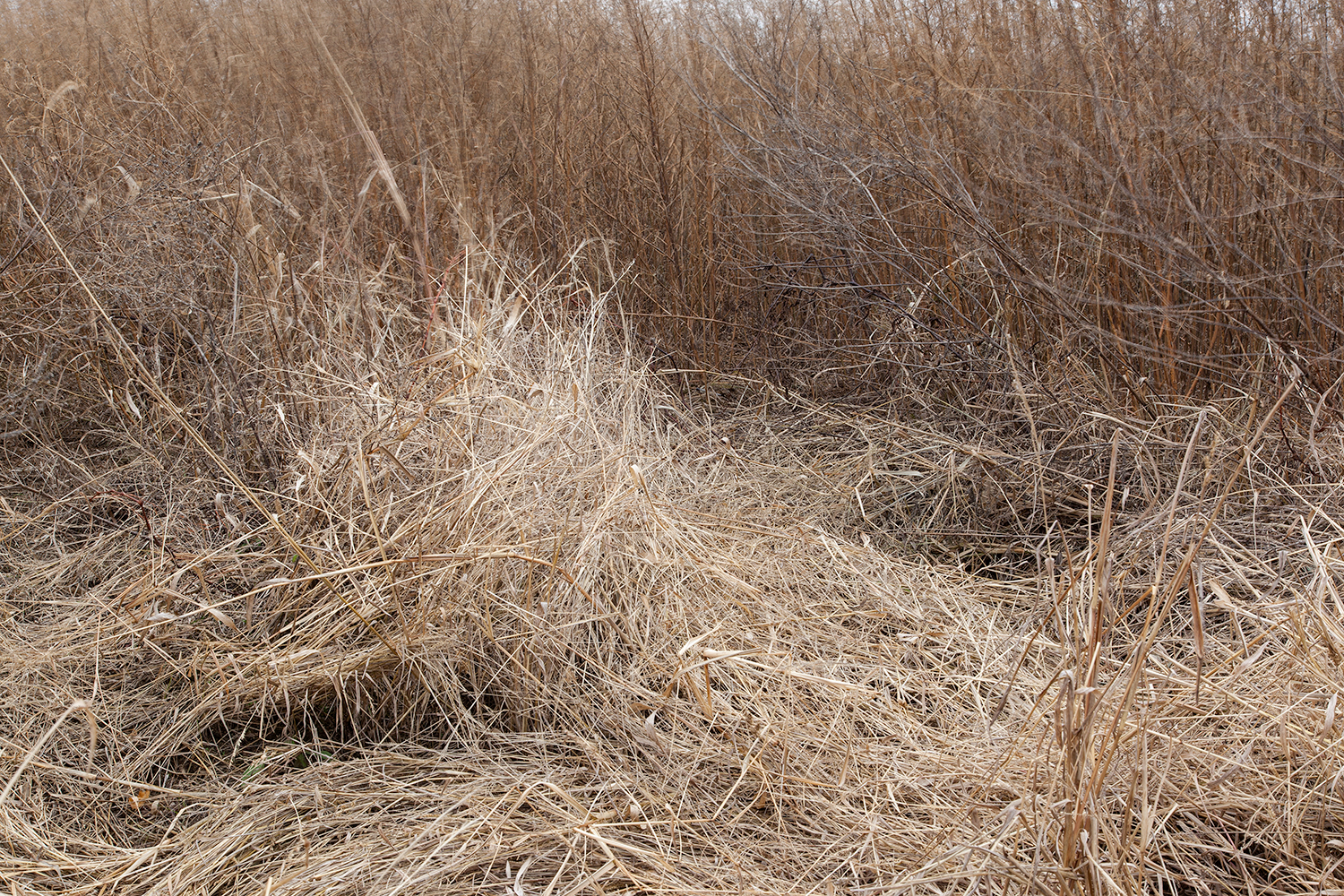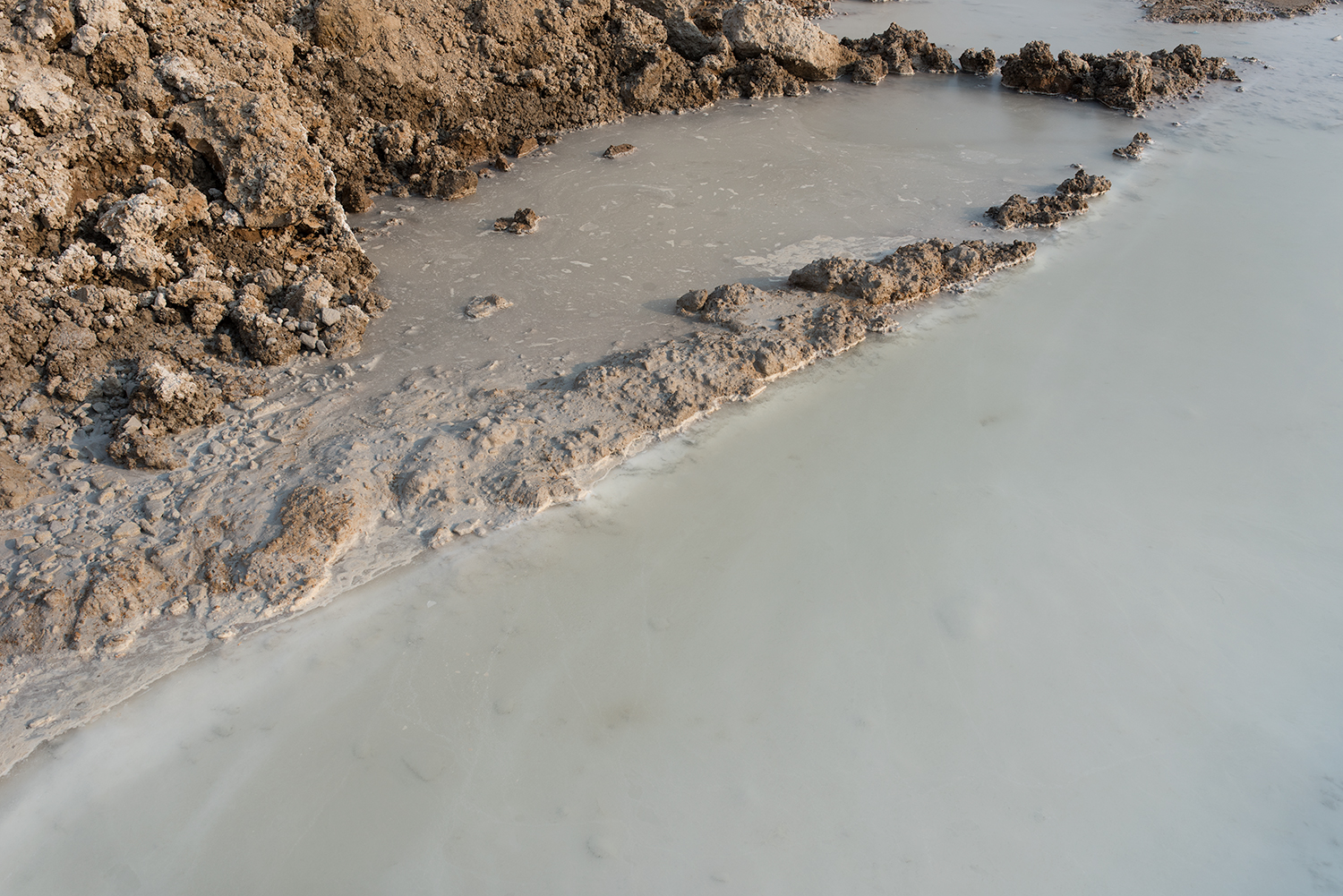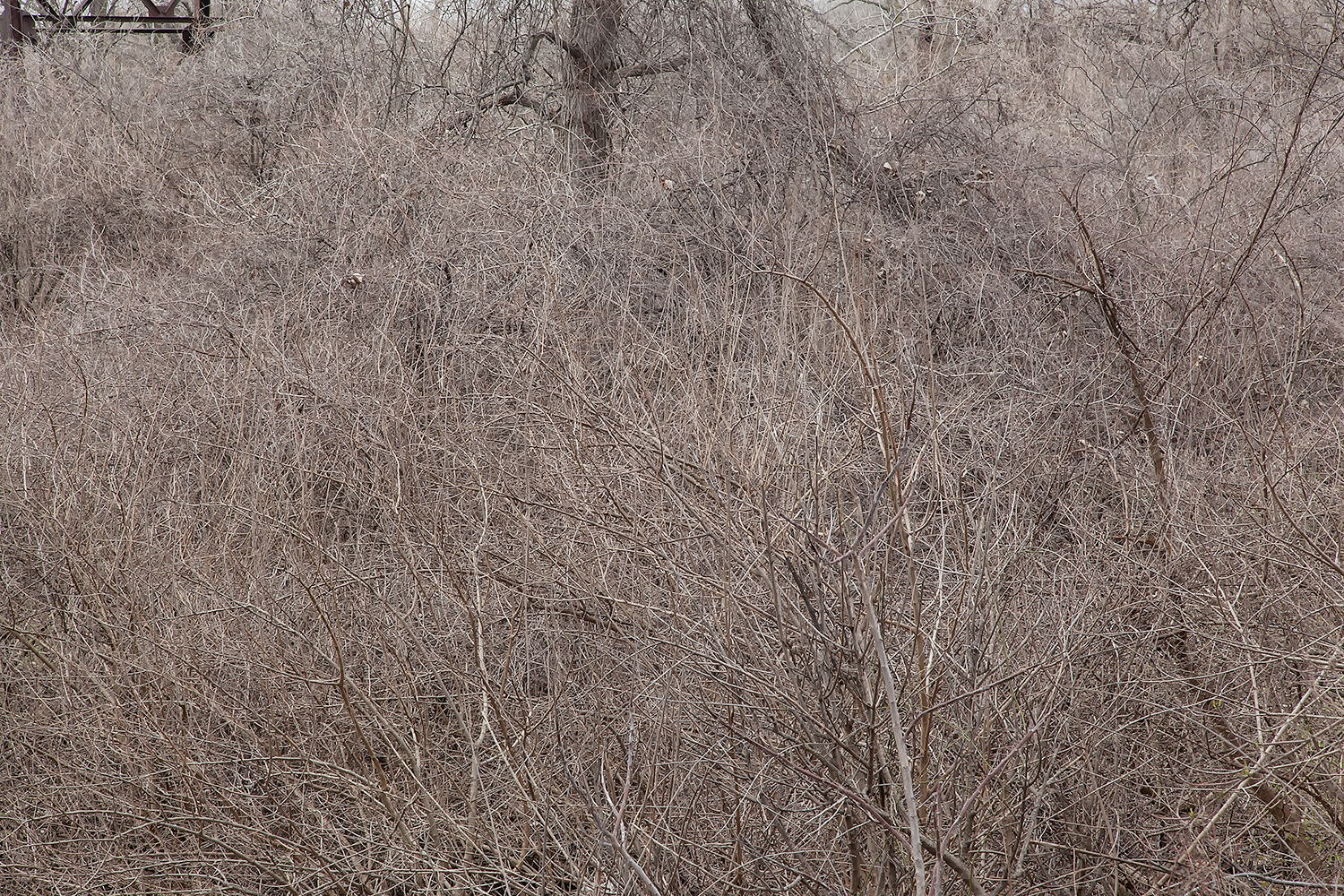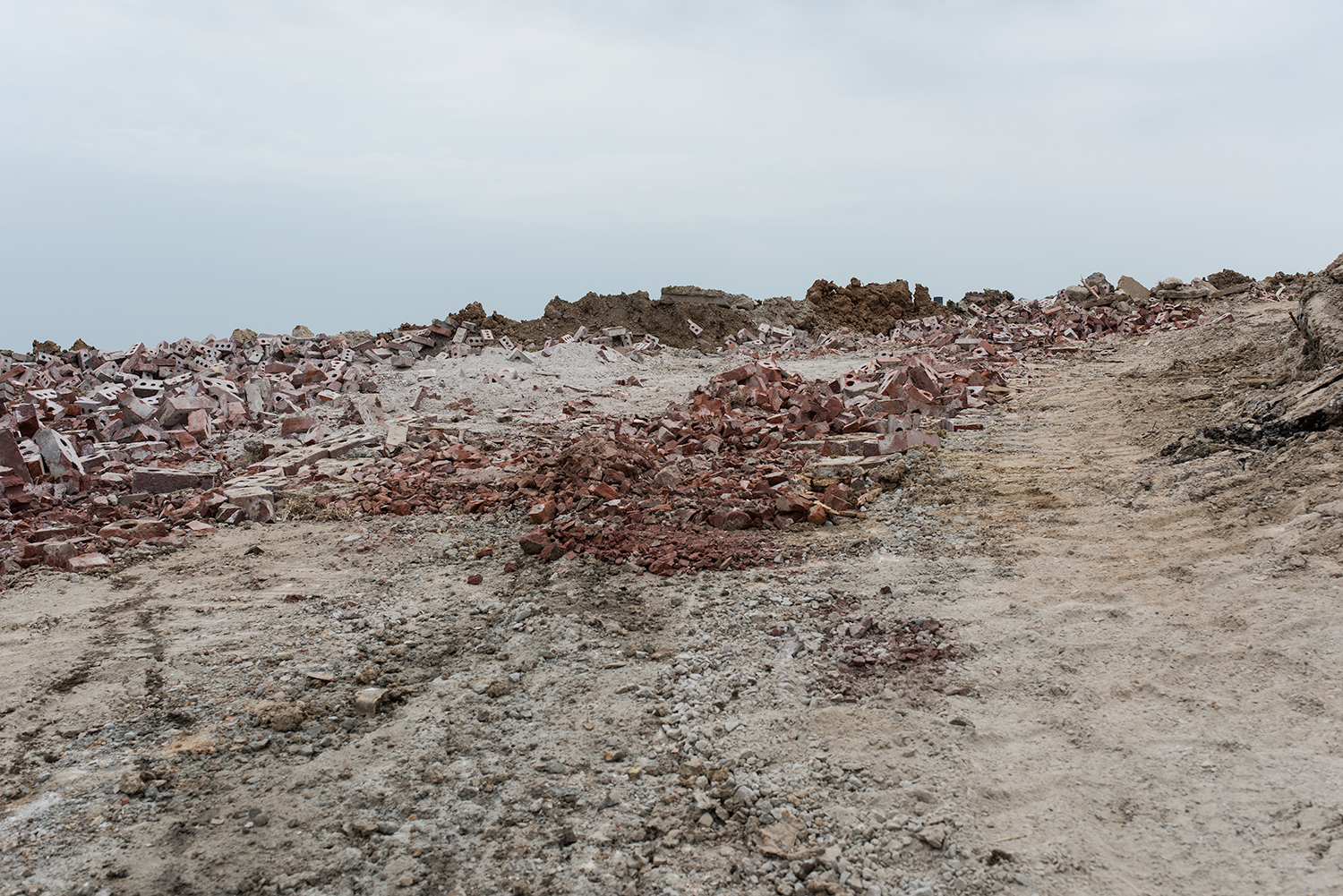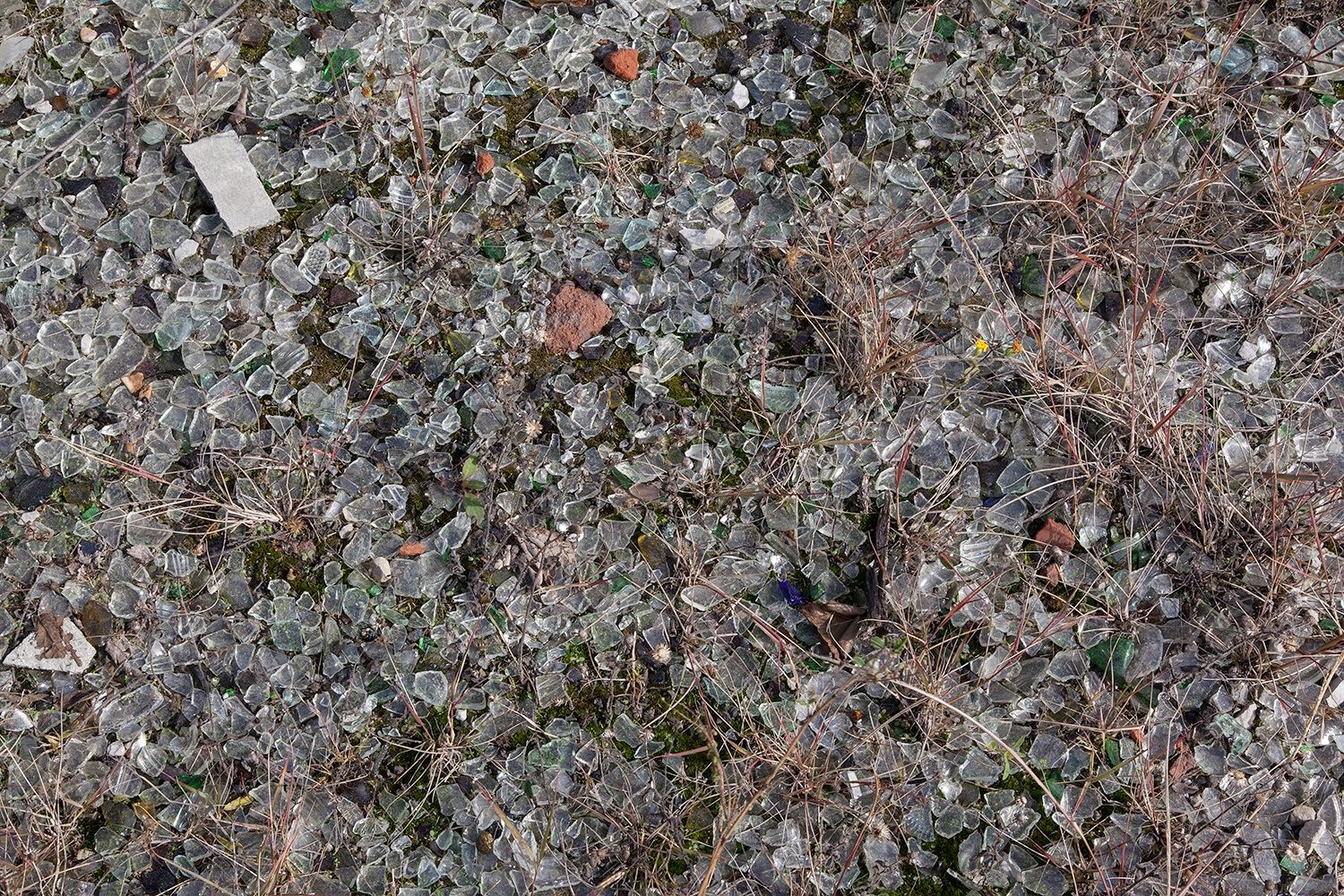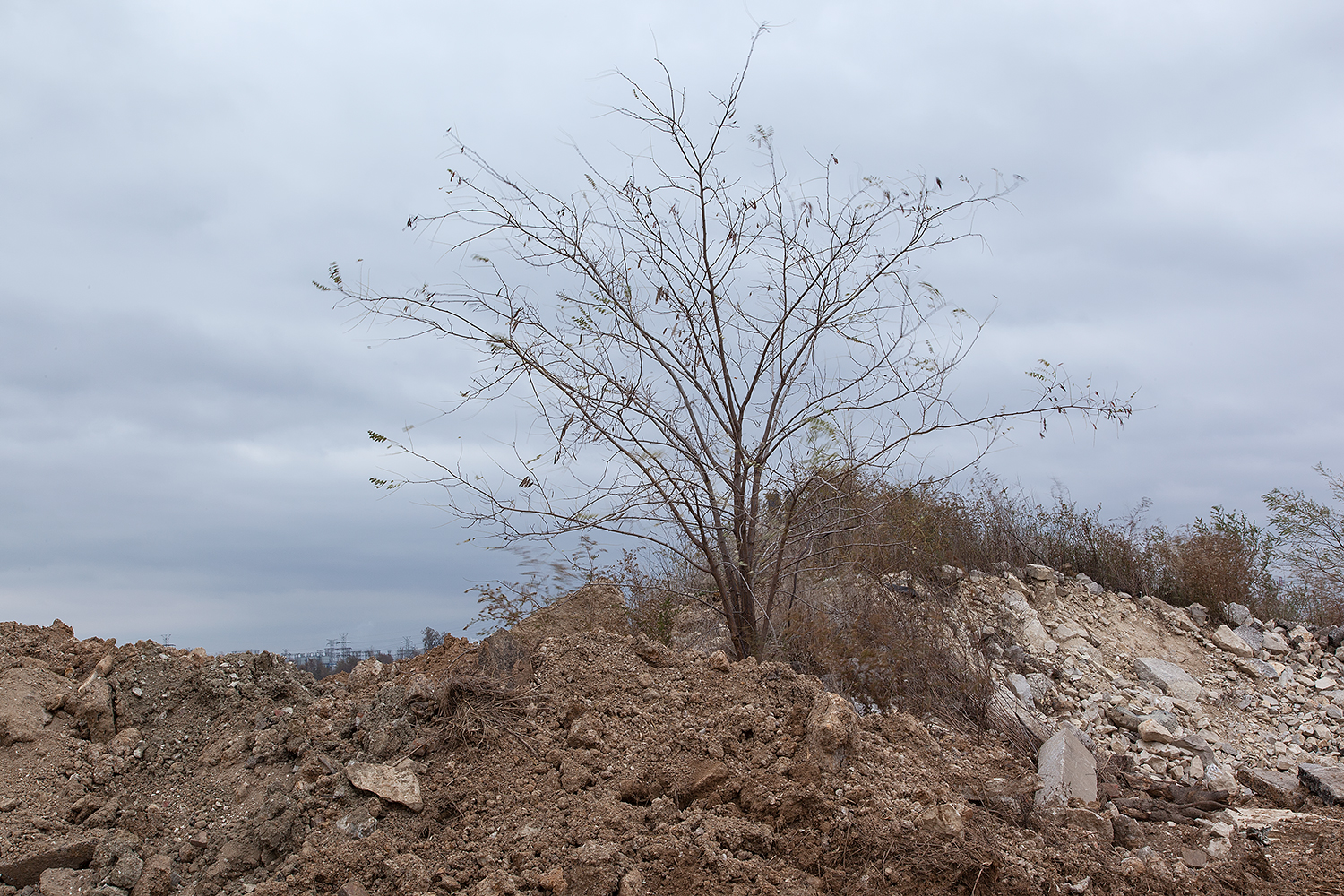Images by: Jennifer Colten
Written by: Ryan Nemeth
Many of us assume that the spaces within our city’s boundaries naturally fit together like pieces of a puzzle. Thus, it is easy for us to assume that all of the lands within the defined boundaries of our cities have been assigned productive functions. This is especially true when we think of urban environments in context to a grid system and highly developed city-zoning ordinances. However, having neat and orderly areas within our urban centers does not necessarily mean that cities behave in a predictable fashion. In fact, something both unremarkable and unruly often exists when land use ordinances collide within the urban core. Overlapping land designations and competing functional interests often create dead zones or tracts of land with confused and unassigned values. Yet, these indifferent spaces are inevitably much more complicated than this simple assessment. The reality is that our cities have many inactive patches of land that fall out of favor with humans for many reasons.
The English writer Marion Shoard took note of these complex environments and coined the term “edgelands” to describe these often overlooked and discarded spaces. Thus, edgelands are loosely defined as places that occupy spaces both in between and on the periphery of inhabited and functional space. So, I am sure you are wondering in between what? Yet, the paradox of trying to assign a proper definition to the edgelands is that these spaces are transitory and therefore often tough to pin down and define. The edgelands are commonly found where the urban and rural collide, however, these spaces also exist around the periphery of parking lots, industrial sites, business parks, airports, waterfronts, suburban neighborhoods and alongside transportation corridors such as highways, rail lines and parkways. Due to urban migration, huge numbers of people now spend much of their time living, working, and or moving within or through edgeland space. Yet for most of us, this mysterious and unremarkable no man’s land often passes unnoticed in our daily commute.
Photographer Jennifer Colten has spent a lot of time contemplating and documenting edgeland space. It is worth mentioning that the edgelands are an interesting place to point a camera as they are distinctively non-photogenic commonplace spaces. However, Colten’s work reveals that there is something interesting happening in these humdrum urban corridors. Her images reveal that there is in fact a unique and complex dialogue between nature and the built environment that exists in edgeland space. I had a chance to catch up with Jennifer Colten on concepts surrounding edgeland space and here is what she had to say:
1. How would do you define edgeland space and what is your fascination with documenting this space via the photographic medium?
Edgeland spaces are spaces that occupy a certain ambiguity. They are spaces that were not built for particular purpose nor used in easily identifiable ways. They are generally places at the periphery, or in between other more definable areas. Therefore we are not generally aware of them. The transience or flux of these kinds of places is interesting to me. In some ways, I see the photographic medium as perfect vehicle for exploring this kind of space. The spaces themselves are elusive and fleeting and photography, especially digital photography, is suggestive of this immateriality or fluidity of information.
2. Is edgeland space a place? Clearly edgeland spaces exist as we can find these locations through GPS coordinates; or for example, you could tell someone how to find a prior site you photographed. But does the human psyche treat these spaces differently, or in a manner that might challenge traditional concepts of place?
I think that in order for a site or a space to be defined as a “place” entails a sort of engagement with the space; a relationship that is produced through experiences, or memories, or even desires. This is why I title some of the images with the word “Encounter”. It implies a negotiation or relationship with the site. At one point, I was very interested in the idea of locating “place” and defining how or if that could be identified? Now, I am less interested in pinning down a definition of “place” because I see this as a shifting condition. This relates to the inherent qualities of ‘edgeland” spaces.
3. Do you find it challenging to draw beauty out of these environments or is this even your intent in photographing these spaces?
Beauty is a complicated word and such a big idea. I am not setting out to “beautify” these spaces, however, I do see a certain poignant aspect to these places. In an attempt to see a place that is filled with a complex and maybe paradoxical set of circumstances (from its quiet details, to an unsettling acknowledgement of its decay), I suppose there is a particular kind of beauty. I am definitely not interested in glamorizing places that have undergone destruction, social, or economic hardship. Nor am I interested in glamorizing the degradation of our environment. But, there can be elegance in seeing complexity and contradiction.
4. The photographic medium always produces output that is some part objective and subjective. With this in mind, do you approach the documentation of edgeland space with a more objective or subjective intent? Do you wanting viewers of your work to see these spaces for what they are, or something different, or maybe a combination of both perspectives?
One of the things that I love about photography is that it can be a continual paradox. On the one hand it can appear to present direct information. It can appear to be objective. However, photographs are never objective. They are always an interpretation, sometimes a fiction, and sometimes a complete fabrication. For me, it is the interesting line right in the middle that is compelling. When a photograph simultaneously, provides descriptive qualities that alludes to objective information, and also provides open space for interpretation and suggestion, it is most intriguing! So, I do want viewers to see the spaces both for what they are AND I want them to come away with questions, with discomfort, and with a powerful sense of poetic interpretation.
5. The English poets Farley and Symmons Roberts claim that the edgelands are interesting spaces because they cannot be pinned down. Do you think that these areas of our landscape remain fluid and dynamic or are they inherently more static and idle in nature, why?
I see edgeland spaces as fluid and ever-changing spaces. They might appear to be static, because often they are not obviously occupied and they are not clearly marked by traditional boundaries. It is this fluidity that I am particularly interested in. I often return to sites over and over, not only to remake photographs, but also to see the landscape as it changes with time and with weather and with season. I am interested in how the landscape shifts in response to both natural and man-made events. That nature and the literal shape of the land have a certain power and resilient capacity is strangely comforting. The concept that nature will evolve and change, often in spite of our interventions is a powerful fact.
I sometimes hesitate to put this idea out there because it is complicated. I firmly believe we humans have a deep responsibility to take care of the environment and to be held accountable for our activities; the environment has surely been affected by our irresponsible or oblivious decisions. However, that nature will survive and evolve in spite of us humans is hopeful.
6. Can the periphery, the margins, or edgeland spaces exist as productive areas of land, or do you think that these areas of land must exist in only a transitory or idle condition?
I frequently drive by a particular place that makes me think about this very question. Are there productive uses for those spaces that exist by happenstance? What about the spaces that are left over when the road is built and there is that awkward zone in-between the highway and the overpass? The spot I mention, is a very narrow strip of land that has been turned into an urban garden. This garden is extremely lush and productive and exists on a patch of land that was previously a dead zone. At one point, this garden was an edgeland space right in the middle of the city. Yet, for a time it was totally overlooked, a leftover piece of land that seemed to have been an afterthought. The proactive choice to use this space for a productive vegetable garden is beautiful!
The shifting aspect of edgeland space makes its very definition one that stays open ended and somewhat undefined. So, as this beautiful urban garden is now a place; meaning it has activity, it has purpose, it has usage and we are aware of it as a marked space, I suppose it loses its edgeland definition. It is the ever-changing transitory nature, or the seemingly idle condition that defines an edgeland space. But, we see that edgeland space can evolve into a productive space, and certainly productive places can transition into edgeland spaces.
7. Are edgelands a mere product of the growth of modern urban environments or do you think that they exist as some manifestation of the unknown, unexplored, or unfamiliar? Thus, do you think a concept similar to edgeland space existed for the 18th century farmer?
I think there is something closely related to the idea of the unknown or unfamiliar or unexplored. The edgelands to me are intriguing kinds of spaces because of their relationship to uncharted territory. It is the paradoxical relationship between the familiar kinds of places and familiar objects coupled with all the things that have been left behind that creates a tension.. The specific clues that reveal activity that once occupied the space, in contrast to the open ended and undefined aspect of these places creates a tension. What we think we know of a place is simultaneously unknowable.
8. What do you think about the idea of edgeland space existing as a wildlife corridor? Evidence suggests that there can be a lot of biodiversity in unmanaged spaces like edgeland areas. Do you think that edgeland spaces can exist as a place of refuge for flora/fauna and wildlife?
In my ongoing project, Wasteland Ecology, I am specifically looking at the ways the land shifts and reshapes itself around old industrial sites and old toxic waste zones. The ways that vegetation and even the shape of the land have been affected by human activity is profound. I have no training in plant biology or wildlife ecology, but it is clear to me that the landscape is altered. I have to imagine that the plant life is completely changed by human interventions. Thus, it is interesting to imagine that new species might evolve as a result of these alterations and that the unnoticed and unmanaged edgeland sites might be places where new growth can thrive. This concept speaks to the heart of my strangely hopeful outlook about nature’s resiliency. It just might be that these edgeland sites that are sometimes byproducts of our human industrial society provide the kinds of places where new vegetation and life can emerge.
Thanks for taking the time, this has been an enlightening conversation! You can find more of Jennifer Colten’s thought provoking work here: http://www.jennifercolten.com
References:
- https://en.wikipedia.org/wiki/Edge_city
- https://courses.planetizen.com/course/urban-design-edges
- https://gerryco23.wordpress.com/2014/02/09/wildness-on-the-edge-of-town-an-edgelands-encounter-with-paul-farley-and-michael-symmons-roberts/
- http://www.marionshoard.co.uk/Documents/Articles/Environment/Edgelands-Remaking-the-Landscape.pdf

